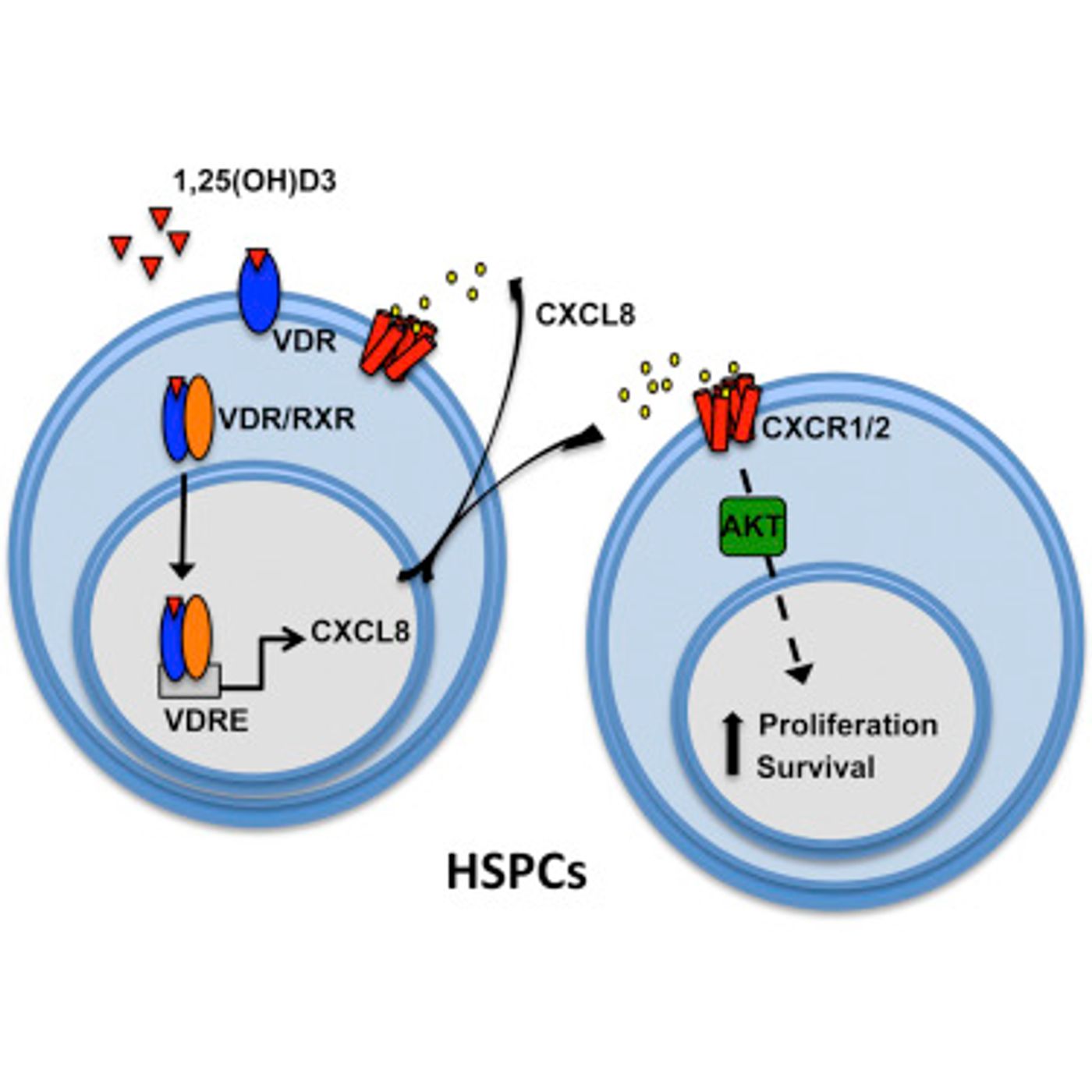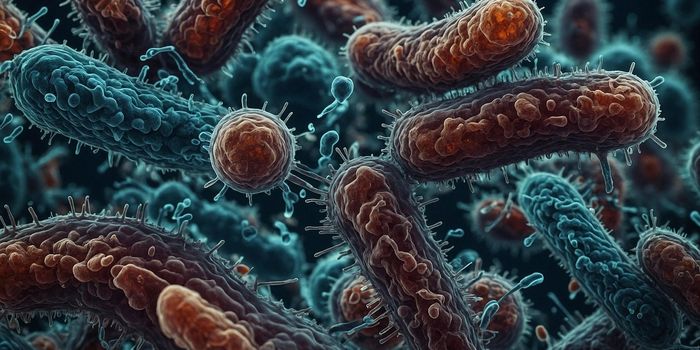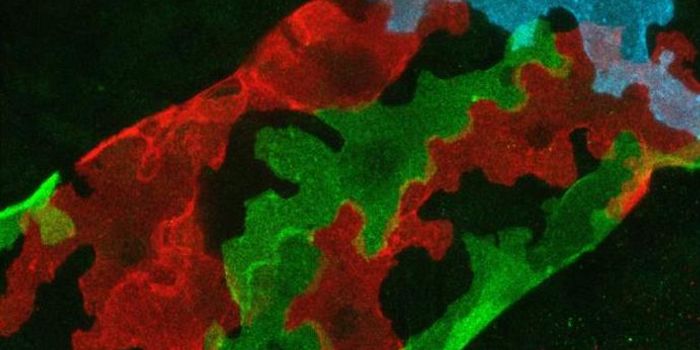Vitamin D deficiency impacts millions of men, women and children globally. Children that are born with very low levels of vitamin D often go on to have a variety of problems related to the blood, such as low amounts of platelets and anemia. Researchers at Harvard have
published work in Cell Reports demonstrating that vitamin D has an impact on the number of hematopoietic - blood - stem cells that are in both zebrafish embryos and human umbilical cords.
"There are global issues with insufficiency of vitamin D and we don't really have a full appreciation of how that might alter how some of the normal regulatory programs in our bodies respond," commented senior author of the work, Trista North, a stem cell biologist at Beth Israel Deaconess Medical Center. "We clearly showed that not getting enough vitamin D can alter how blood stem cells are formed. Vitamin D was having a direct response on the blood stem cells and it changed what those cells did in terms of multiplying and staying alive."
The research team determined that in human and zebrafish tissue, vitamin D influences inflammatory signals that help regulate hematopoietic stem cell formation. Additionally, they learned that fewer cells form if Vitamin D exposure was blocked.
"What was surprising was that Vitamin D is having an impact so early," continued North. "We really only thought about Vitamin D in terms of bone development and maintenance, but we clearly show that, whether they were zebrafish or human blood stem cells, they can respond directly to the nutrient."
Mice, however, lack the inflammatory targets of vitamin D that humans and zebrafish have, hampering the research. Another caveat, the researchers did not know the levels of vitamin D present in the umbilical cord cells, and as such, could not know whether a low or normal level of vitamin D affected their study.
The researchers look forward to their research aiding in the understanding of vitamin D’s importance and relevance to healthy pregnancies.
"I think when people start to look at other organ systems and stem cell populations, it will be interesting to know if doctors start to recommend anything to help with vitamin D levels in pregnant mothers," says North. "This study was just scratching the surface, and there will be a whole lot more to follow up."
Vitamin D is easily obtained through exposure to sunlight. Only about 10 minutes of sunlight, when the sun is high in the sky on the face, arms and lower legs can provide ample vitamin D for the day. Sunlight exposure has its own risks, however, so many doctors recommend getting your intake through supplemented foods like milk and cereal, and in a few foods in which it is naturally occurring, like halibut and egg yolk. If you would like to know more, watch the video above, or read here.
Sources:
Eurekalert!/AAAS via
Cell Press,
Cell Reports,
Harvard Health










